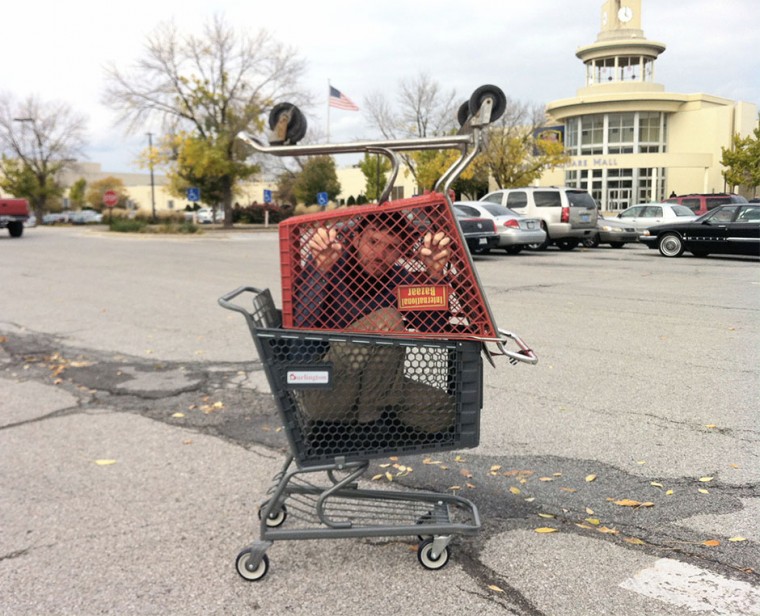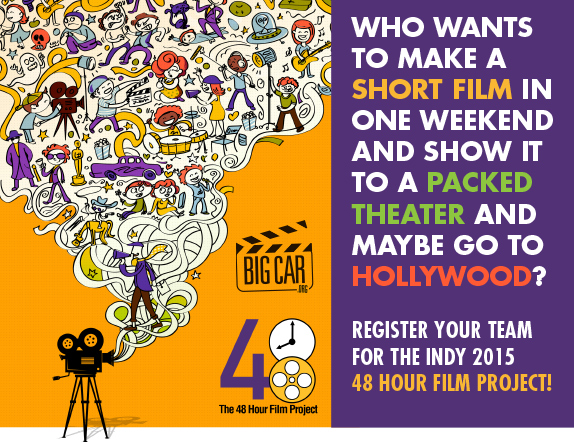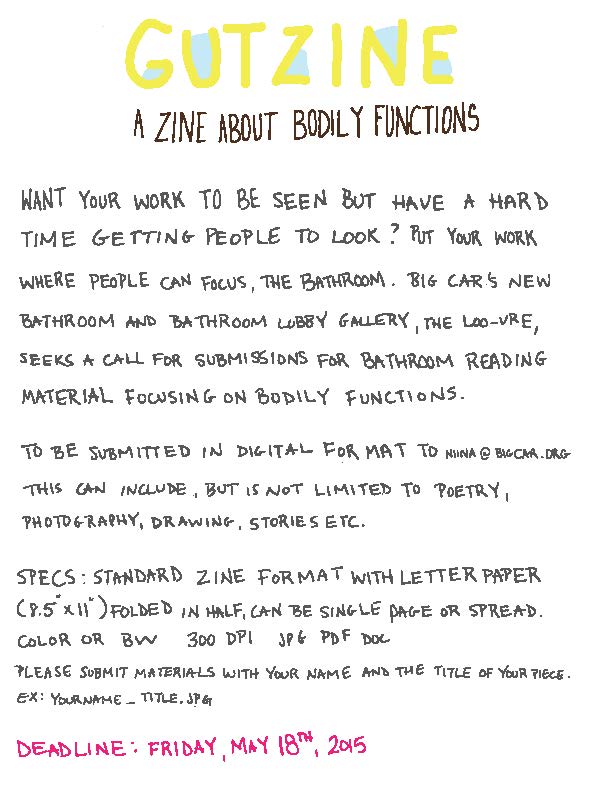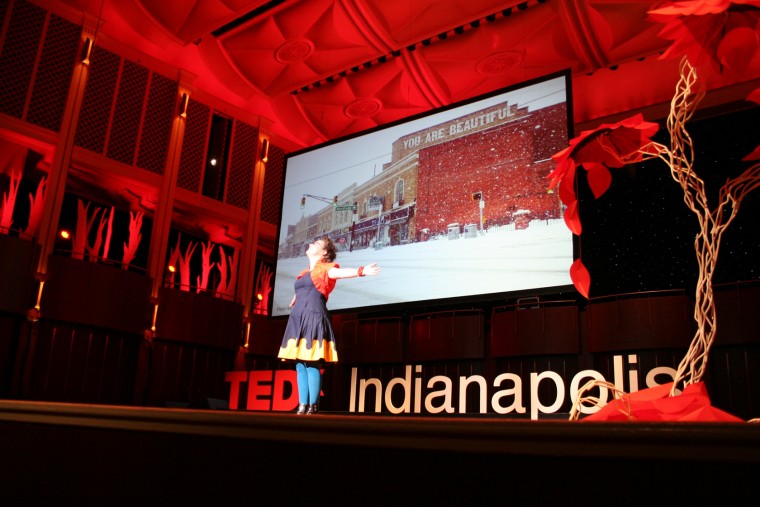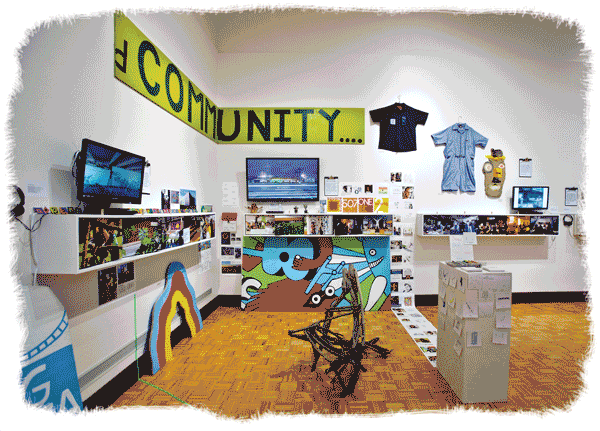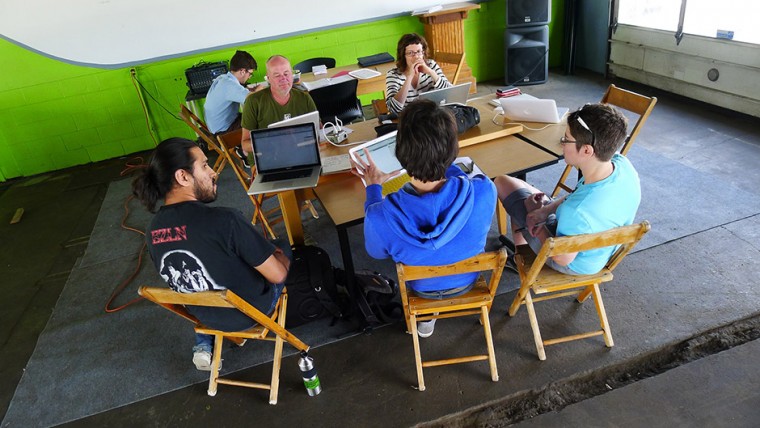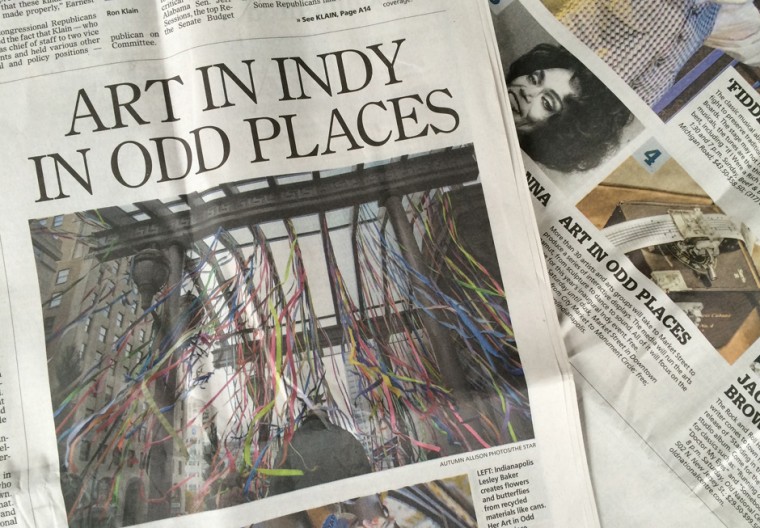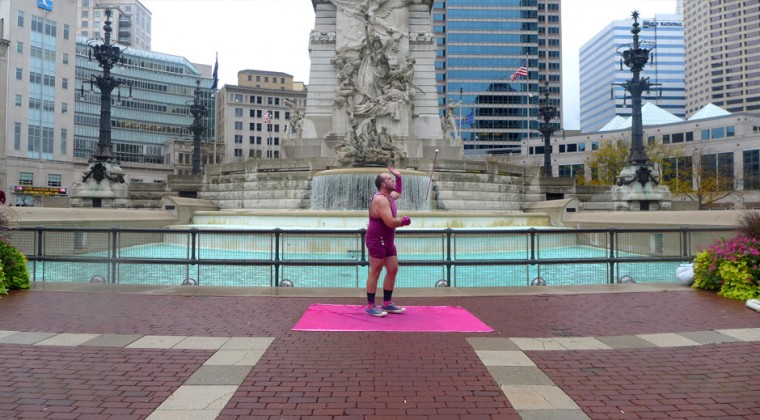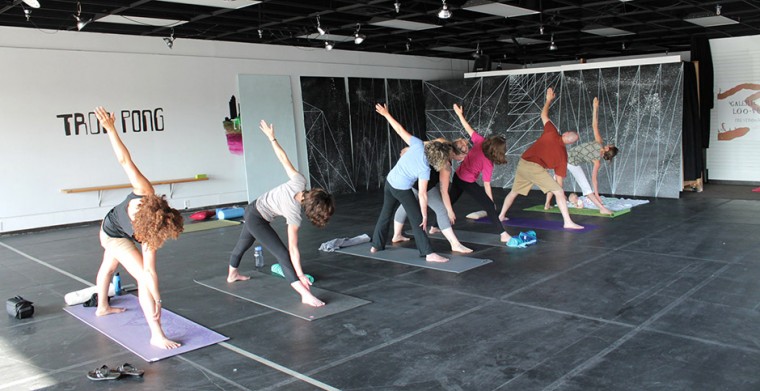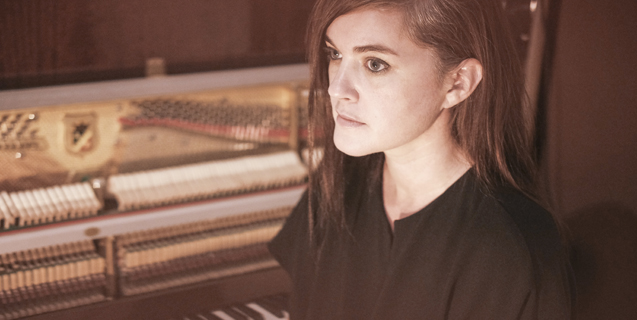 May 6th sees the release of Will, the revelatory third full-length album by Brooklyn experimental artist Julianna Barwick. Conceived and self-produced over the past year in a variety of locations, the ominous, compelling Will is a departure from 2013’s Alex Somers-produced Nepenthe. If that last record conjured images of gentle, thick fog rolling over desolate mountains, then Will is a late afternoon thunderstorm, a cathartic collision of sharp and soft textures that sounds looming and restorative all at once.
May 6th sees the release of Will, the revelatory third full-length album by Brooklyn experimental artist Julianna Barwick. Conceived and self-produced over the past year in a variety of locations, the ominous, compelling Will is a departure from 2013’s Alex Somers-produced Nepenthe. If that last record conjured images of gentle, thick fog rolling over desolate mountains, then Will is a late afternoon thunderstorm, a cathartic collision of sharp and soft textures that sounds looming and restorative all at once.Barwick’s life over the past several years has largely been lived in transit, and as such the genesis of Will was not beholden to location; Barwick worked on the album in a variety of locales, from a desolate house in upstate New York to the Moog Factory in Asheville, North Carolina to Lisbon, Portugal.
“I love touring, but it can be a wild ride,” Barwick reflects on this cycle of constant motion. “You’re constantly adjusting, assimilating, and finding yourself in life-changing situations.” Those experiences played into and helped shape Will’s charged, unstable atmosphere: “I knew I’d be playing these songs live, so I wanted some movement,” she explains. “Something that had rhythm and low-end.”
That sense of forward propulsion is largely owed to Will’s synth-heavy textures. The electric current that runs through the album takes on various shapes of intoxicating instability. Featuring contributions from Thomas Arsenault (Mas Ysa), Dutch cellist Maarten Vos and percussionist, Jamie Ingalls (Chairlift, Tanlines, Beverly), Will is largely a product of ups and downs, a reflection of a life lived somewhere in between transience and standing still. “While making this record, there were moments of isolation and dark currents,” Barwick admits. “I like exploring that, and I love when I come across songs that sound scary or ominous. I’ve always been curious about what goes into making a song that way.” The beguiling, beautifully complicated Will is the result of that curiosity, and proof of Barwick’s irresistibly engaging talent as a composer and vocalist.
Will comes off of Barwick’s busiest period in her career, following the release of Nepenthe—a spate of activity that included playing piano for Yoko Ono, performing at Carnegie Hall at the annual Tibet House concert with the Flaming Lips and Philip Glass, The Rosabi EP and beer created in conjunction with brewing company Dogfish Head, and a re-imagining of Bach’s “Adagio” from Concerto In D Minor.
Watch the Derrick Belcham-directed video for debut single, “Nebula” which was filmed in the Philip Johnson Glass House and presents the essence of Will and Julianna Barwick’s richly complex musical fabric.
Julianna Barwick’s music has been reviewed in Time Out New York, Time Out Lisbon, The New York Times, and The Village Voice, among other publications. Her music has also been featured as “Best New Music” on Pitchfork, which also gave, 2009’s “Florine” EP an honorable mention for an album of the year.
Mas Ysa
“Thomas Arsenault, the person who records as Mas Ysa, is difficult to pin down, and that’s probably the best thing about him. He’s lived in Montreal and San Francisco and Sao Paolo and New York and wherever Oberlin is. He’s scored modern dance productions and remixed synthpop groups. He sometimes sings in an angelic, reverby tenor and sometimes in a full, throat-wracked howl. He makes mostly electronic records, and he does it by itself, but “producer” somehow doesn’t seem like the right job title for him. (I’ve also seen people describe him as a “composer,” and that seems even more wrong.) Listening to his records, it’s hard to tell which sounds are electronic and which are made by actual physical instruments. His music drifts freely between ambient and synthpop and oblique dance and good old-fashioned indie rock. And he’s conclusively proven that you don’t need a full band to sound vaguely like Arcade Fire.
Mas Ysa made his name on last year’s Worth EP, which alternated between drifting, pretty synth-drone and big, chest-thumping psychedelic laptop-rock howlers. On Seraph, his first proper album, Arsenault pretty much smushes those two things together until they’re one thing, and the result is a pleasant drift that never settles on one genre for more than a few seconds and stays appealing and interesting throughout. All the individual sounds, like the glassy walls of keyboard on “Sick” or the happy-sigh New Order beeps of “Look Up,” have an impressive widescreen gloss to them. Arsenault’s voice has that quavery tone that was so popular among mid-’00s indie-dude singers, in which every word means so much that he just can’t choke it out without his throat catching. Some tracks play around with Euro-club house-thumps, which sounds shockingly good with this sort of singing and this sort of production. Nicole Miglis from Hundred Waters shows up on “Gun,” and her airy coo works as an absolutely lovely complement to Arsenault’s emotive gurgle. “Service” has some seriously badass Moroder-style Italo pulsing. There’s a lot to like here.
And maybe, for you, there will be a lot to love. Arsenault’s closest peer might be Youth Lagoon’s Trevor Powers, another indie auteur who pulls inspiration from wherever and whose songs seem to project meaning, even if you don’t necessarily know what that meaning is. Youth Lagoon has never really gotten past the “pleasant background music” stage for me, but that dude’s music means a lot to a lot of people. I suspect that the same will be true here. And even if you don’t end up loving this thing, it’s still an impressive piece of work, one that you should hear — if you can carve out the time. After all, there is a truly unprecedented amount of great music out there. If something is merely good, you can be forgiven for skipping it.”–Tom Breihan of Sterogum
This concert is made possible by The Andy Warhol Foundation for the Visual Arts. About The Andy Warhol Foundation for the Visual Arts: The Andy Warhol Foundation for the Visual Arts was established in 1987. In accordance with Andy Warhol’s will, its mission is the advancement of the visual arts. The Foundation’s objective is to foster innovative artistic expression and the creative process by encouraging and supporting cultural organizations that in turn, directly or indirectly, support artists and their work. The Foundation values the contribution these organizations make to artists and audiences and to society as a whole by supporting, exhibiting and interpreting a broad spectrum of contemporary artistic practice.

